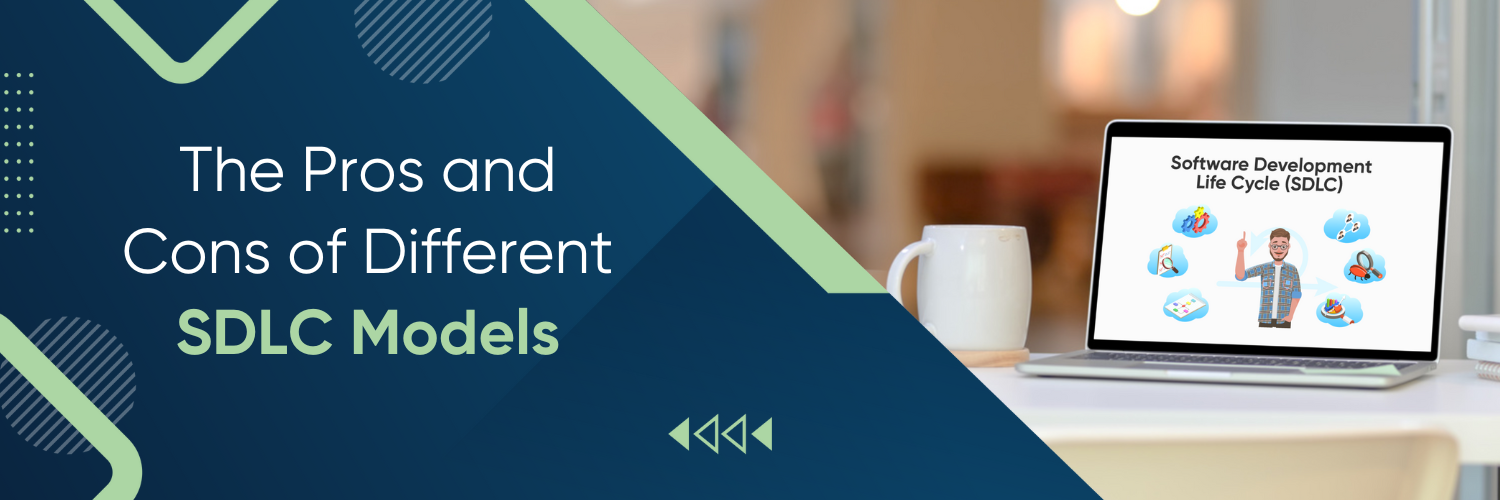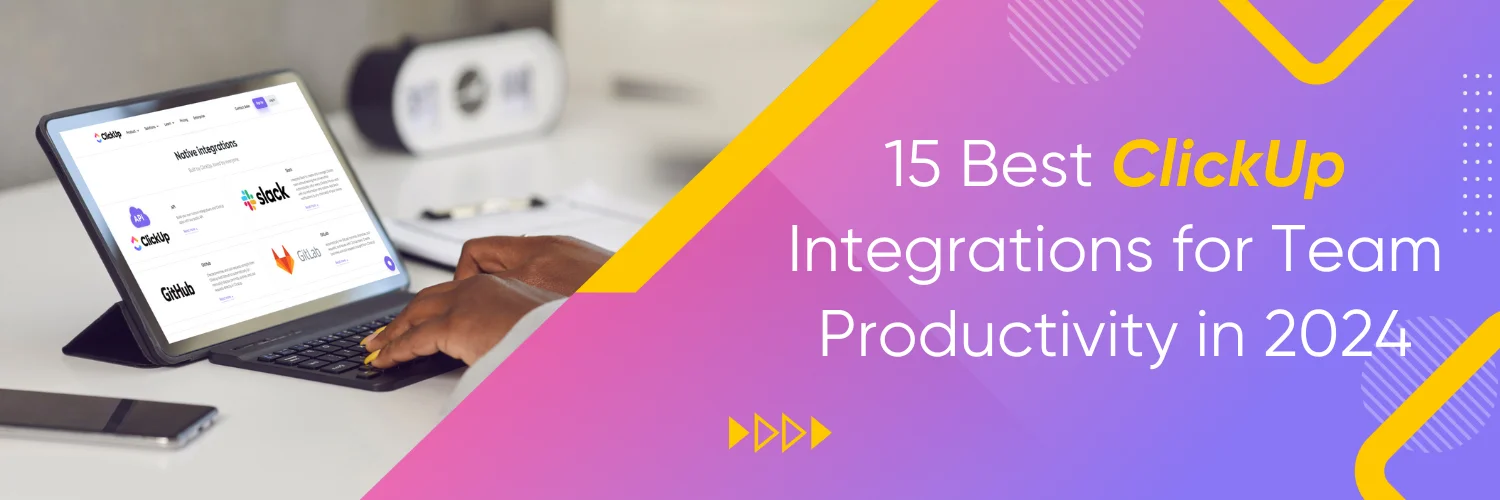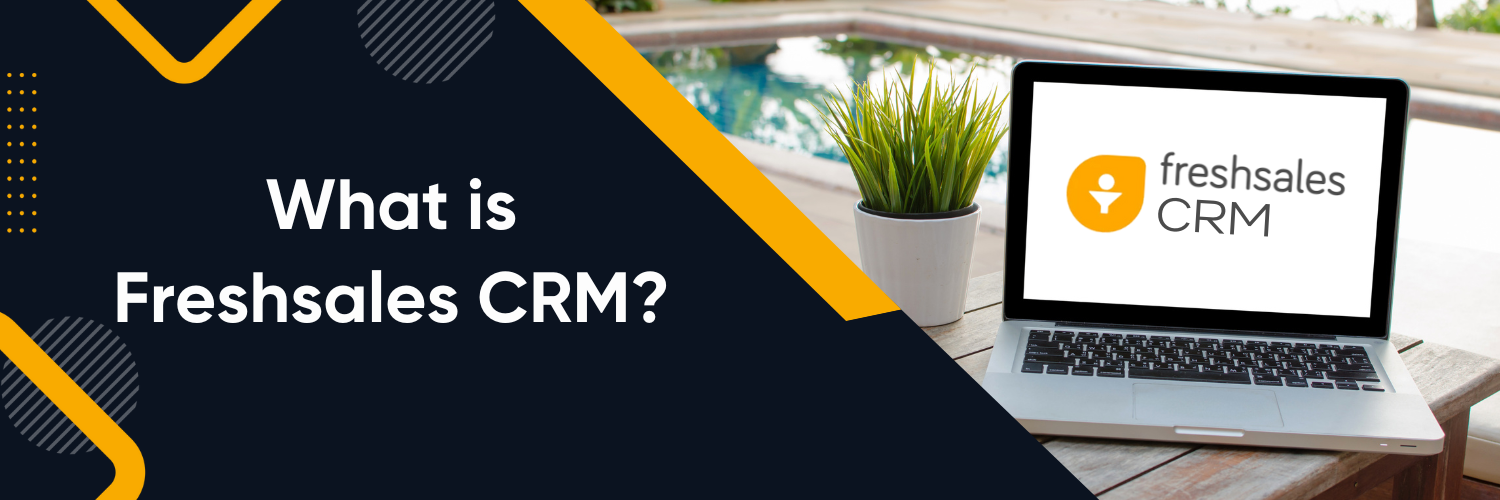What is SDLC?
The Software Development Life Cycle (SDLC) is a cornerstone of modern software production. It provides a structured and systematic approach to guide every stage of software creation, from the initial concept to its final deployment and maintenance. Choosing the right SDLC model is crucial for a project’s success. This decision can influence how well the project responds to changes, the quality of the final product, the development process’s efficiency, and the stakeholders’ satisfaction. This article dives deep into various SDLC models, shedding light on their pros and cons, to help project managers and developers make informed decisions.
SDLC stands for Software Development Life Cycle, a concept that outlines the phases or stages involved in creating software. It offers a roadmap for developers, ensuring that they consider every vital aspect of software development. The end goal is a product that not only meets the intended design and functionality but also has minimized flaws and issues.
Components of SDLC
At its core, SDLC encompasses several components. The process begins with Requirement analysis, where developers and stakeholders come together to outline what the software needs to achieve. With a clear picture, the Planning phase helps sketch a roadmap for the development journey. Design follows next, determining the software’s architecture and UX/UI elements. With the blueprint ready, the Development phase kicks in, bringing the software to life. Before release, rigorous Testing ensures the software functions as intended without major issues. Once deemed ready, the software enters the Deployment phase, making it available to end-users. Last, Maintenance ensures the software remains up-to-date and bug-free in the long run.
Life Cycle of Software Development
The life cycle of software development, commonly known as the Software Development Life Cycle (SDLC), is a process that software developers use to design, develop, and test high-quality software. The SDLC provides a structured framework that consists of a series of steps or phases. Each phase in the SDLC has its own set of processes and deliverables that feed into the next phase. Here’s a typical breakdown of these phases:
Requirement Analysis
- This is the first phase where end-user requirements are gathered and analyzed to understand the software objectives, scope, and limitations.
- It involves close collaboration with stakeholders, including customers, project managers, and sales representatives.
Planning
- In this phase, project leaders evaluate the terms of the project, including the estimation of resources, time, and cost.
- Planning also involves identifying potential risks and developing strategies to mitigate them.
Design
- The software’s architecture is designed in this phase.
- It involves defining the overall system architecture and making high-level design choices.
- Designers and developers decide on the coding language, platforms, and tools to be used.
Implementation/Coding
- This is the phase where the actual coding of the software takes place.
- Developers follow the design documents to build the code.
- This is often the longest phase of the software development lifecycle.
Testing
- After the software is developed, it is rigorously tested to find and fix any bugs or issues.
- This phase ensures the software’s reliability, usability, and efficiency.
- Different types of testing (like unit testing, integration testing, system testing, and acceptance testing) are performed.
Deployment
- Once the software is tested and ready for release, it is deployed into the production environment.
- Sometimes the software is deployed in stages according to the business strategy of the organization.
Maintenance and Updates
- After deployment, the software enters the maintenance phase.
- It involves regular updates and enhancements to improve performance and add new features.
- Ongoing support is provided to handle any issues that end-users may encounter.
Different Types of SDLC Models
Waterfall Model
Originating from the construction and manufacturing industries, the Waterfall Model is one of the earliest SDLC methodologies. Characterized by its linear and sequential phases, it mandates the completion of one phase before moving on to the next. This method is straightforward and highly emphasizes clear documentation at each stage. However, its rigidity means it struggles to accommodate mid-project changes. It’s an ideal choice for smaller projects with clearly defined requirements and minimal chances of scope changes.
Agile Model
Born from the need for more flexible and adaptive methodologies, the Agile Model emphasizes close collaboration between cross-functional teams. With its iterative and incremental approach, the Agile model allows for frequent feedback loops with stakeholders, making it ideal for projects in dynamic environments, such as startups. Interacting with stakeholders ensures that the end product aligns closely with user needs. However, the Agile model demands a high level of stakeholder engagement and can be challenging to manage in larger, less flexible organizations.
V-Model (Validation and Verification)
An extension of the Waterfall model, the V-Model highlights validation and verification processes. Instead of moving down linearly, after the development phase, it moves upwards, mirroring the previous stages in a ‘V’ shape. Each development stage corresponds directly to a testing phase, ensuring quality at every turn. This parallel approach guarantees a better-quality product but can become resource-heavy, especially in larger projects.
Iterative Model
The Iterative Model emphasizes repetition. Starting with a subset of software requirements, development progresses in cycles or iterations, refining the software in each cycle based on feedback. This approach allows the development team to address potential defects early and incorporate changes as they progress. It’s a middle ground between the rigid Waterfall and flexible Agile models, making it suitable for projects with evolving needs.
Spiral Model
The Spiral Model, combining iterative development with risk analysis, is designed for large, complex projects. It focuses on early identification and mitigating risks, ensuring the project’s smooth progression. Divided into phases or spirals, each analyzes the risks, evaluates different strategies, and develops and tests the product. This method can be resource-intensive but offers a holistic development and risk management approach.
The Pros and Cons of Different SDLC Models
The Software Development Life Cycle (SDLC) models are frameworks that guide the process of software development. Each model has its own unique approach and offers various advantages and disadvantages. Here’s a brief overview of some popular SDLC models and their pros and cons:
Waterfall Model
Pros:
- Simple and easy to understand and use.
- Well-structured approach; each phase has specific deliverables.
- Works well for smaller projects where requirements are well understood.
Cons:
- Poor adaptability to changing requirements.
- Late testing stage can lead to the discovery of fundamental flaws.
- Not suitable for large or complex projects.
Agile Model
Pros:
- Highly adaptable to changing requirements.
- Continuous delivery of usable software components.
- Increased customer satisfaction due to client involvement.
Cons:
- Less predictable, more unstructured than traditional methods.
- Requires a high level of customer involvement.
- Can lead to scope creep if not managed properly.
V-Model (Validation and Verification Model):
Pros:
- Simple and easy to use.
- Each development phase has a corresponding testing phase.
- Good for projects where requirements are clearly defined.
Cons:
- Like the Waterfall model, it is inflexible to changes.
- High risk and uncertainty.
- Not suitable for complex and object-oriented projects.
Spiral Model
Pros:
- Emphasizes risk analysis, which can reduce risks.
- Flexible and adaptable to changes.
- Suitable for large and complex projects.
Cons:
- Can be more costly than other models.
- Requires significant risk assessment expertise.
- More complex to manage.
Incremental Model
Pros:
- Allows partial implementation of the software and determines viability early in the development.
- Easier to manage risk by focusing on smaller components.
- Clients can use and evaluate components as they are completed.
Cons:
- Requires good planning and design.
- Total cost can be higher than in Waterfall.
- Integration of different system components can be challenging.
Conclusion
As we navigate this digital age, having the right strategic approach tailored to your project’s unique demands can spell the difference between success and mediocrity. If you’re aiming to elevate your business operations, ensuring the best software development practices is paramount. Don’t journey alone! Partner with Ubique Digital Solutions, where expertise meets dedication. Let us chart your path to unparalleled success. Ready to transform your visions into tangible results? Reach out and collaborate with us today!
FAQs
Q: Which SDLC model is best for a small startup?
The Agile model is often the best fit for small startups anticipating frequent changes based on user feedback due to its adaptability and close collaboration with stakeholders.
Q: How can I determine the most suitable SDLC model for my project?
Consider factors like the clarity of requirements, the likelihood of changes, project size, and available resources. Engage with stakeholders and the development team to evaluate the project’s needs against the capabilities of each model.
Q: Can I combine elements from different SDLC models?
Absolutely. Many organizations employ a hybrid approach, combining the strengths of multiple models to tailor the process to their unique needs.
Q: How frequently is the Agile model used in the industry today?
As of recent trends leading up to 2021, the Agile model is one of the most widely adopted SDLC methodologies, especially in industries that require rapid changes and frequent releases.
Q: Is sticking to one SDLC model throughout a project’s life cycle necessary?
While consistency can benefit the project, some phases might benefit from a different model. It’s essential to remain adaptive but ensure smooth and well-communicated transitions.




















